This past weekend has been a blur. We had a symposium on trees at Coastal Maine Botanical Gardens, followed by a propagation workshop the next day. Dr. Michael Dirr (author of the indispensable reference book – Dirr’s Encyclopedia of Trees and Shrubs) was our distinguished guest speaker. If you’ve had the good fortune to spend any time with Dr. Dirr and his wife, Bonnie, you know that you need to keep your ears open and be ready to absorb as much information as possible. They both love to read, travel, and share information about life and plants. One plant in particular that Dr. Dirr kept bringing up time and time again was the tupelo tree or Nyssa sylvatica. Tupelo, or black gum tree as it is also called, is a North American native tree. Its range extends from Ontario down to Texas and Florida.
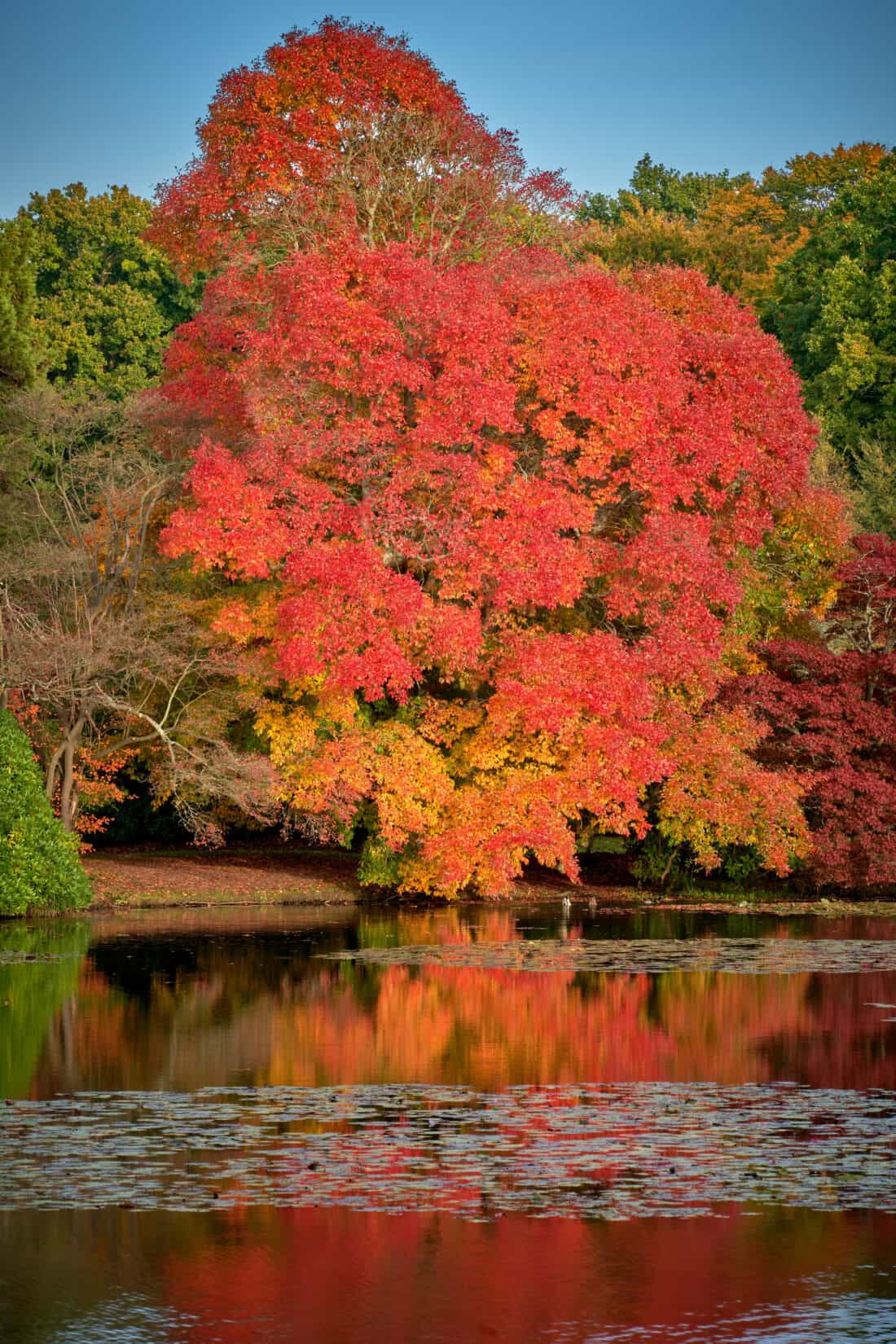
Growing Tupelo in Maine
There are a few trees that are native here on the CMBG property. We think these might be the northeastern most naturally growing tupelo trees in North America. We are trying to clone them in the hopes that they can provide some cold hardiness to the group.

Once established, Nyssa sylvatica will form a strongly pyramidal tree with an ultimate height of around 60′ tall and around half that distance in width. Well-grown Black gum trees are spectacular in form and remind me of what trees look like when my kids draw trees (other than the rounded, puff-ball shaped trees they sometimes draw). Tupelo grows best in acidic soil in a low well-draining area with adequate moisture. They are native to swamps.
Nyssa sylvatica has a strong taproot once established, so it is best to move the trees when they are younger. Larger trees can be moved but require a larger rootball.
Of course, the most spectacular quality of the tupelo is its fall color. It is crimson red. The sight of a Nyssa in fall color on a bright, cool day in autumn will make you fall in love with this tree.
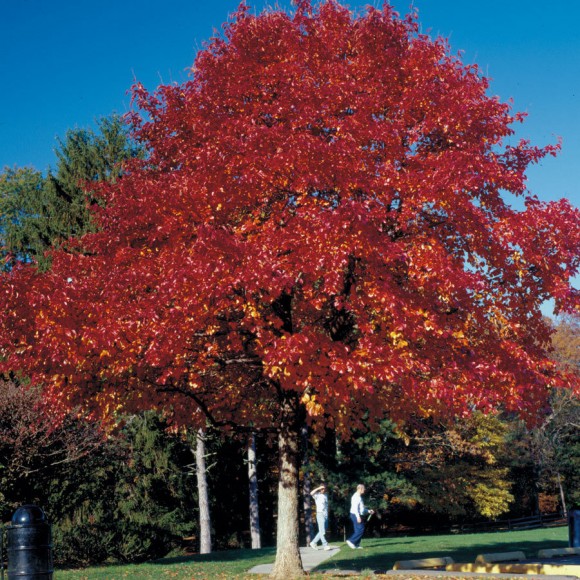
New Black Gum Tree Cultivars:
There are numerous new cultivars coming onto the market with many already available for purchase. After hearing Dr. Dirr speak, there seem to be even more cultivars in the works and coming into the market in the next 5-10 years.
Some of these cultivars include:
- Nyssa ‘Autumn Cascades’ (weeping form)
- Red Rage (leaf spot resistant),
- ‘Sheri’s Cloud’ (variegated),
- Nyssa ‘Wildfire’ (brilliant red new growth),
- and ‘Zydeco Twist‘ (twisting, contorted growth).
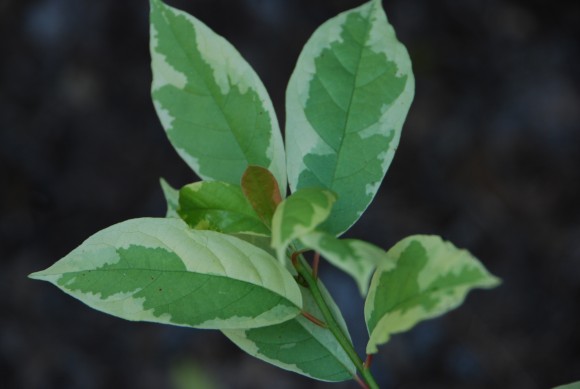
Here are a few more interesting reasons to grow the Black Gum tree (Nyssa sylvatica):
1. It has ancient lineage- the Nyssa genus, to which Nyssa sylvatica belongs, is an ancient group of trees with a history dating back to the Cretaceous period, making it a living fossil.
2. Nyssa is a water-loving tree. It prefers wet or swampy habitats and grows naturally in floodplains, bottomlands, and along the edges of ponds and streams.
3. I can’t overstate the fall color. The leaves are exceptional – turning brilliant shades of red, orange, yellow, and even purple. It is a standout in autumn landscapes.
4. It is a valuable nectar source for native bees and pollinators. Tupelo trees produce nectar-rich flowers that are highly attractive to bees. The nectar from these trees produces a distinct and prized honey known as “Tupelo honey.” (even Van Morrison sings about it). Tupelo honey resists crystallization.
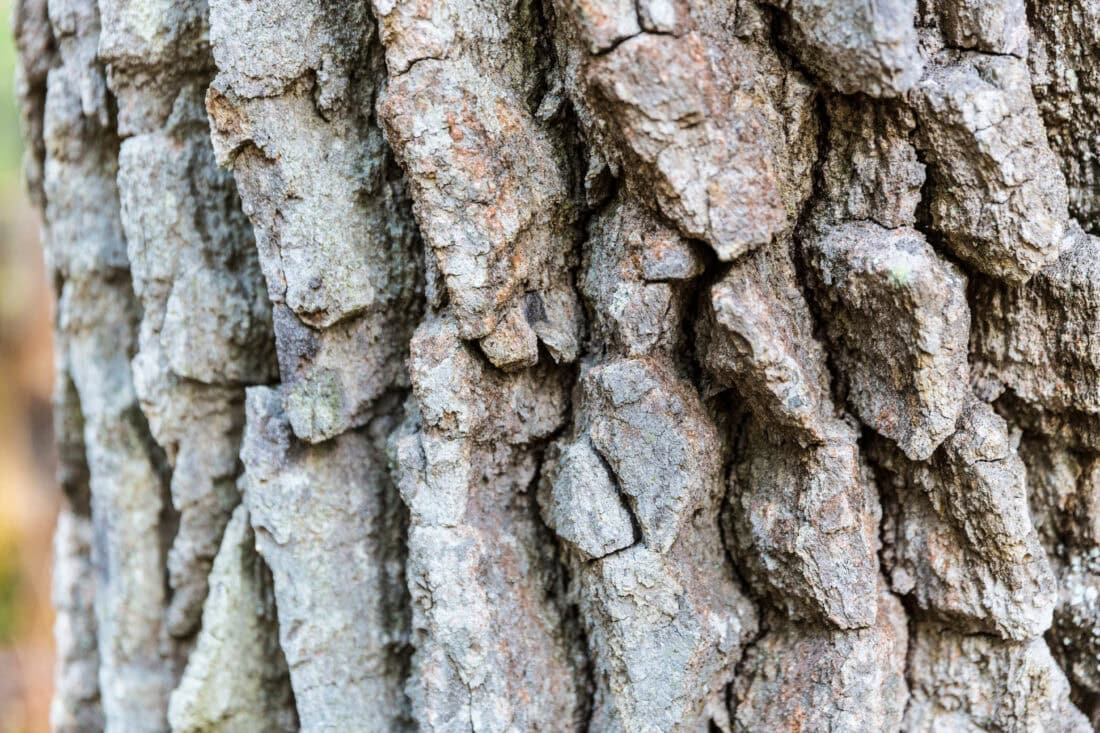
By Jerry & Marcy Monkman/Danita Delimont
5. The Tupelo tree provides valuable habitat and food for various wildlife species. Birds, such as wood ducks and warblers, eat the tree’s fruits, and many animals take refuge in its branches and hollows.
6. Various parts of the tree were used by Native American tribes for medicinal and practical purposes. The inner bark was used for making baskets, and the leaves were used as a natural dye.
7. The Tupelo tree plays a crucial role in wetland ecosystems. Its extensive root system helps stabilize soil, prevent erosion, and improve water quality by filtering runoff and excess nutrients.
8. Tupelo trees can live for several centuries. They reach heights of up to 100 feet and can grow in a variety of soil types, even adapting to drier conditions as they mature.
9. In swampy areas, Tupelo trees often develop unique buttressed trunks, which are flared or enlarged at the base. This adaptation provides extra stability in soft and wet soil.
Are you growing Nyssa sylvatica or any of these cultivars?
– Rodney
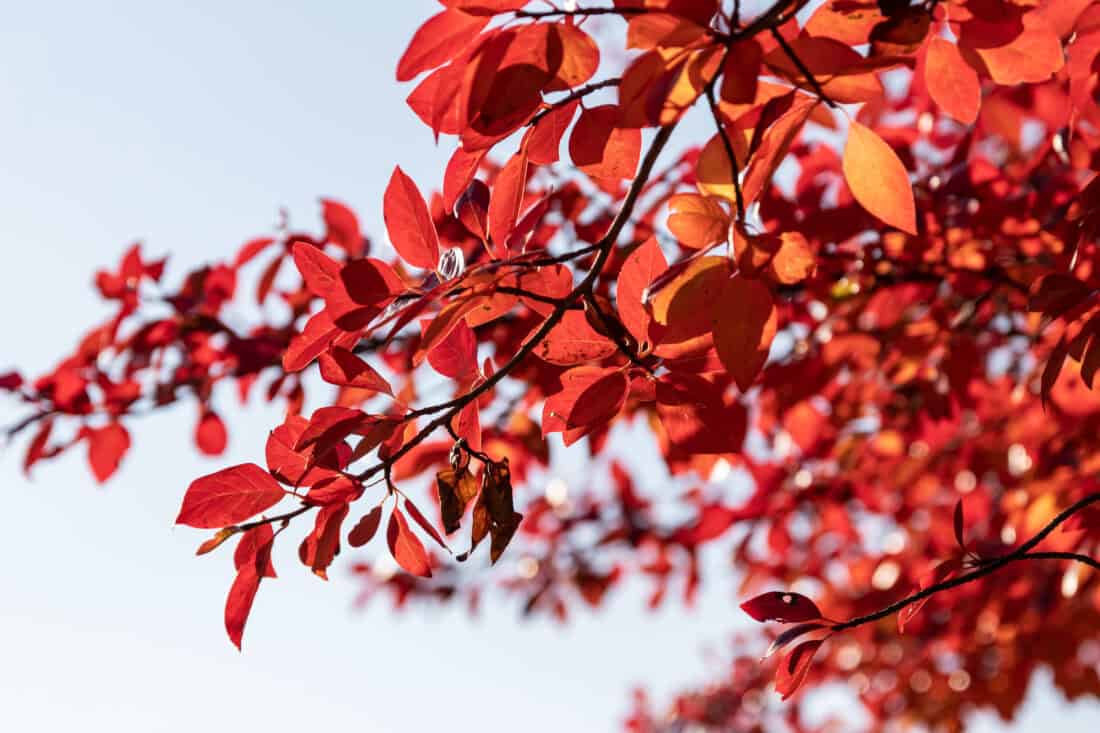
Nyssa notes From Rochelle:
It is the little-known tree that captures our attention every fall. The Nyssa sylvatica, (also known as the black tupelo, black gum, or pepperidge), is largely unknown because it’s leaves do not have a dramatically obvious shape and it is native to lowland areas that are not often hiked. Its autumn colors, however, are its glory, and in the fall, the glossy leaves produce some of the brightest and most reliable fall colors the season can offer.
The black tupelo forms a fairly formal pyramidal to rounded pyramidal crown with a dominant central leader and lower branches that frequently droop to the ground. Its lateral branches remain thin in diameter and form a pattern like spokes on a wheel when observed from below.
I am looking for a few new and interesting trees to plant in the center of my garden this summer. I want something that isn’t too messy, has a great branching structure, has lots of wow factor, and will help me create an intimate environment. This is one to consider for sure, and I am adding it to my shortlist. If you have other suggestions (for zone 5), I would love to hear them!
Here is some more Tree inspiration for your Garden:
Images: plants.chaletnursery.com, waysidegardens.com, jcraulstonarboretum.wordpress.com
Love this tree– I am growing 5 Nyssa sylvaticas here. Two are prominent in my front yard as specimen trees and they don’t disappoint. Your pictures show exactly why! The other three are in back and are just as beautiful. Slow growers, but worth it. You won’t get tupelo honey from N. sylvatica. The famous honey comes from the southern one, N. ogeche. But there are so many other reasons to plant this gorgeous northern tupelo. Thanks for highlighting it with such great photos.
Hi, Very nice post! I don’t currently have any of the Nyssa cultivars described but I do have a connection with N. S.’Sheri’s Cloud’. I am the guy that found the original sapling in a road ditch in the Ouachita mts. I am very curious to know as soon as anyone who has planted any of these sees evidence of gender. As you know, Nyssa Sylvatica is polygamo-dioecious so a male tree will rarely have any fruit and a female rarely produces pollen. The original was too young and was destroyed by road maintenance shortly after I collected scions. So I’d be very grateful if anyone who has a tree that reaches maturity could shoot me an email.